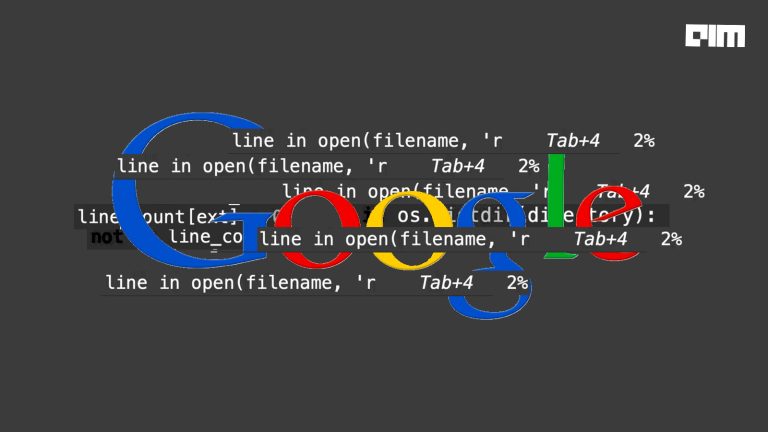Cloud-based software company, Salesforce has released Merlion, an open-source Python library for time series intelligence.
Merlion provides an end-to-end machine learning platform that includes data loading, data transformation, and model construction. After training is complete, post-processing might encompass various tasks, such as evaluating model performance or making accurate predictions about what will happen in the future based on historical trends.
The library provides a uniform interface for models and datasets and conventional pre/post-processing layers to detect abnormalities in both univariate and multivariate time series. Merlion is easy to use, especially for visualisation, anomaly score calibration for better interpretability, AutoML for hyperparameter tuning and model selection, and model ensembling. Merlion’s evaluation system simulates a model’s live deployment and retraining in a production environment. It can offer engineers a one-stop-shop for creating models with unique time series requirements.
Merlion’s distinguishing characteristics include the following:
- A standardised and easily extensible framework for data loading, pre-processing, and benchmarking has been developed for a wide range of time series forecasting and anomaly detection activities.
- A single interface that unifies a library of various models for anomaly detection and forecasting. Classic statistical approaches, tree ensembles, and deep learning methods are among the models. Advanced users can customise each model to their liking.
- Abstract DefaultDetector and DefaultForecaster models that are efficient, stable, and give a starting point for new users.
- AutoML, which allows for automated hyperparameter adjustment and model selection.
- Anomaly detectors with practical, industry-inspired post-processing techniques that make anomaly scores more interpretable while simultaneously lowering the false positive rate.
- Simple ensembles, which integrate the outputs of numerous models to achieve more robust performance.
- Flexible evaluation pipelines that emulate the live deployment and retraining of a model in production, as well as evaluating performance on forecasting and anomaly detection.
- Support for visualising model predictions is built-in.
One can find the research paper here and the code here for reference.


















































































